Welsh Food – A Native’s Rundown of the Country’s Must-Try Dishes
This post may contain affiliate links, meaning if you book or buy something through one of these links, I may earn an affiliate commission at no additional cost to you. Learn more
Growing up in Wales, I was able to enjoy both a mix of traditional Welsh fare and foods popular throughout the UK.
Like in any British town or city, you won’t have to look far to find your classic fish and chips, Sunday roast, or Italian restaurant. But when in Wales, if you know where to look, you can find the country’s beloved staples that have been enjoyed for generations.
For a top 3 must-try – Welsh cakes from any bakery, faggots and peas from Cardiff market, and sample Welsh whiskey in Penderyn.
Welsh Cakes (Picau ar y Maen)
When it comes to the best Welsh foods, Welsh cakes very much take the seat at the summit of everything culinary-themed in Wales. Grandparents have passed down recipes for generations, and there are many different takes on this delicious dessert, including filings, such as strawberry jam.
However, the traditional Welsh cake keeps it simple, relying on the texture of the dough and the sweetness of the sultanas to bring home that iconic flavor.
To make, combine butter, flour, and egg to make your dough. Add sultanas and sugar to the mix, and roll until you have around a quarter of an inch of thickness. Welsh cakes are always round, so split your dough into circular cakes of goodness.
Once you’ve baked them on an iron griddle, dust them down with a generous helping of caster sugar. Welsh cakes are typically served with tea, coffee, or afternoon tea. Make a big batch, and you can have them for dessert after dinner.

Welsh Rarebit
For a hearty meal you can whip up in a flash, you’d be hard-pressed to find a recipe that can better Welsh rarebit. At a glance, it’s a hearty cheese on toast: but it’s so much more.
The key to a great Welsh rarebit is timing. Get yourself a loaf of fresh granary bread from a bakery, and cut your slices thick. Before you toast the bread, you need to decide what’s going in your cheese sauce.
Thousands of variations exist, from grandparents’ sworn-by recipes to exotic takes on the recipe by new-age chefs. Mustard, Worcestershire sauce, and even beer are many of the additional ingredients added to the cheese, butter, and flour sauce. For your cheese, a strong Cheddar will never let you down.
As the sauce is thickening, toast your bread for a few minutes. Once you’re happy with your sauce, pour the cheesy goodness over your toasted slices and then cook them under a hot grill for several minutes. You want that cheesy sheath to brown and bubble before you pull them from the oven.
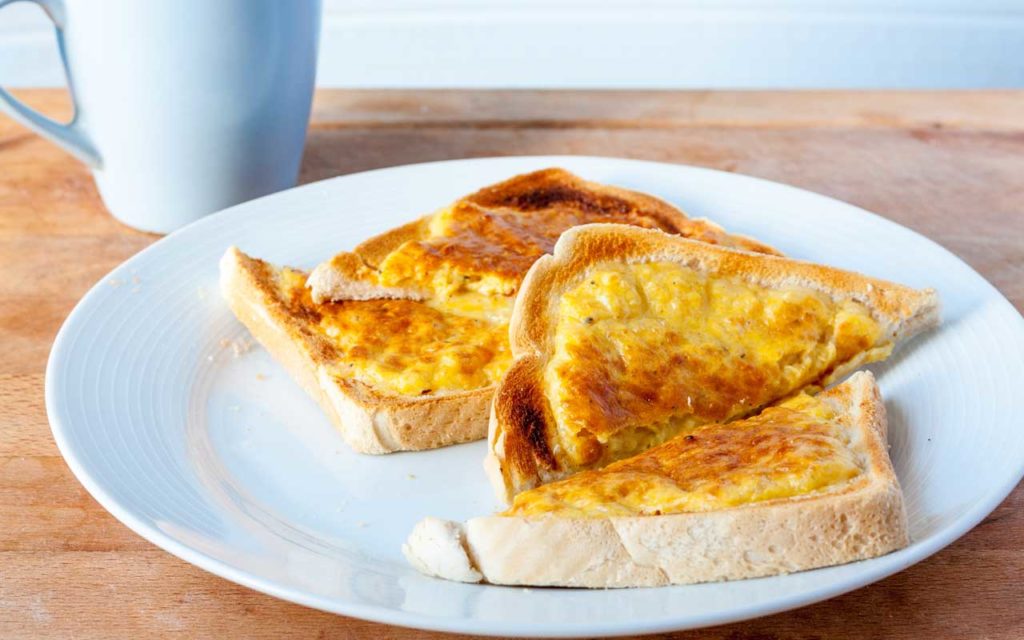
Welsh Lamb Soup (Cawl)
Welsh lamb is some of the most tender on the planet. You’ll want to visit a local Welsh butcher to get the juiciest lamb cut, bone-in, for your cawl. Some people like to add chicken or beef stock to the water, but many people use the juices from the lamb and onion as it cooks.
For your vegetables, you’ll want to use root vegetables for it to be traditionally Welsh. Onions, swede, carrots, parsnips, and leeks, are all typically used in this succulent lamb stew.
A little Cheddar cheese on top completes this celebrated Welsh food. If you visit Wales during the autumn or winter, be sure to try this traditional Welsh stew.
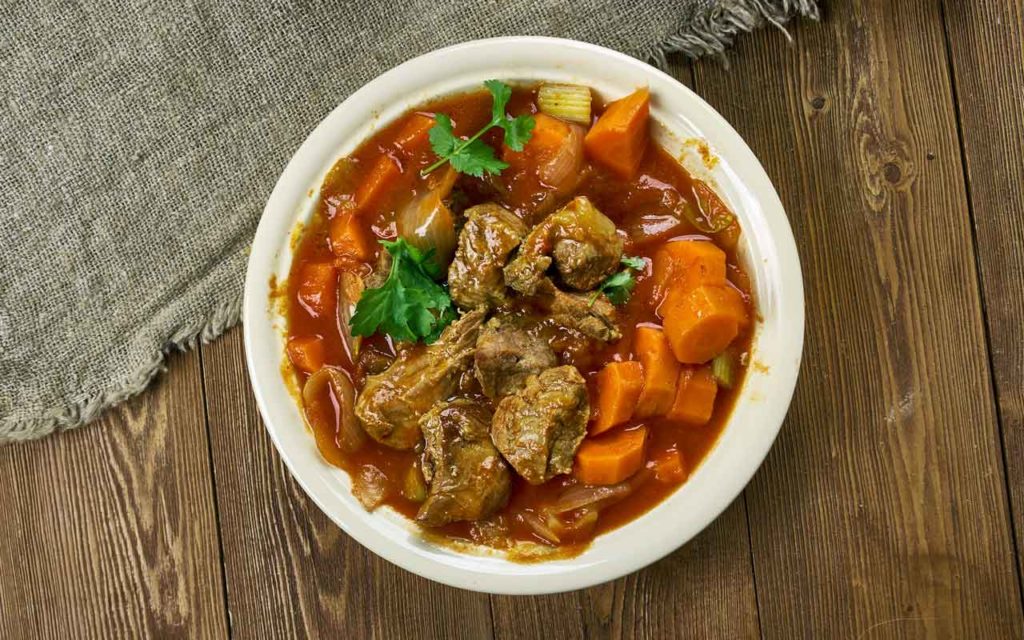
Glamorgan Sausages (Selsig Morgannwg)
The recipe dates back to the 1850s, but it was during the Second World War that Glamorgan Sausages, or Selsig Morgawnnwg, truly became a staple food of the Welsh population. This was due to the shortages and rationing of meat throughout wartime Britain.
The traditional recipe mixes grated Welsh Cheddar cheese, commonly Caerphilly Cheddar, with leek and breadcrumbs, to make a wholesome and hearty vegetarian sausage.
In modern times, the recipe has been experimented with to include lots of other ingredients. The sausages are served with relish, mustard, chutney, salad, raw vegetables, and more – who said vegetarian sausages couldn’t be tasty?

Welsh Fruit Teabread (Bara Brith)
Its name derived from the Welsh language, translating to ‘speckled bread’, Bara Brith was very much an experiment that ended up going very right, indeed. The legend states that a Welsh chef added a mixture of dried fruit and spices to some bread dough and ended up creating the very first tea loaf, which would go on to be a loved and celebrated recipe throughout Britain.
Sadly, the traditional Bara Brith recipe is declining in popularity in Wales. But its tea-rich flavor is attempting to live on in other forms, such as in ice cream and chocolate.
Traditionally, Bara Brith is made with self-raising flour. For that rich, indulgent explosion of fruitiness, you should soak the dried fruit you’re using in tea overnight, to really enhance the flavor.
To your mixture, naturally, add butter and egg, and then pack the mixture with your tea-soaked dry fruit and spices. Typically you’ll find raisins, currants, and sultanas in Bara Brith, but any dried fruit works in the recipe.
Once baked, serve it with a steaming hot cup of tea, and you’ve got yourself a rich treat that’s so comforting. Here’s to hoping we can keep this classic dish alive and well by continuing to spread the word about it.
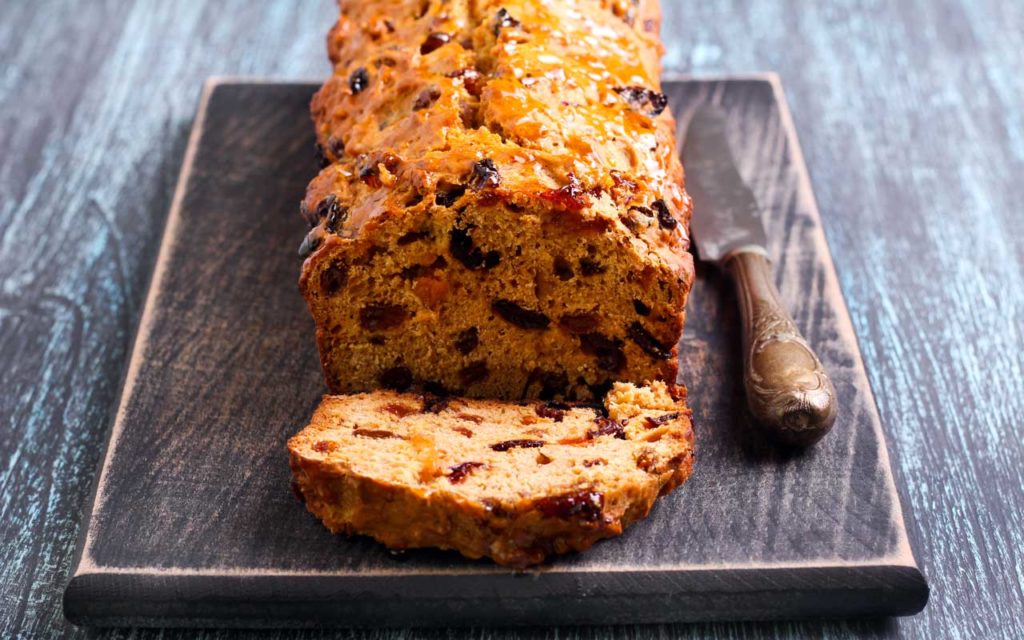
Conwy Mussels
Seafood lovers, make sure you travel to the idyllic coast of North Wales, to the whitewash stone walls of Conwy. Conwy mussels are renowned for their striking color but even more so for the rich flavor of their meat.
Collected sustainably by a select of licensed companies, such as Conwy Mussels, plenty of restaurants in Conwy and throughout the north serve these delicious mussels. You can also buy them during the winter and spring seasons, from September through to April.
Cook the mussels with garlic, shallows, white wine, parsley, and double cream, for a breathtaking taste of the North Wales coastline.
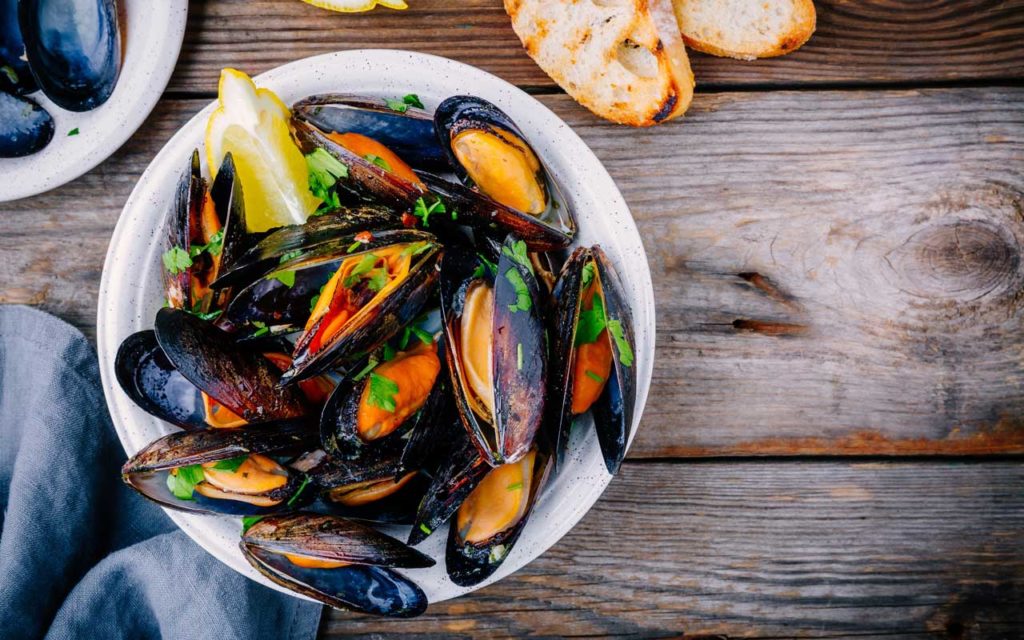
Laverbread (Bara Lawr)
A fascinating recipe, and one that is truly unique. Laverbread is made from Laver seaweed, which is found along the west coast of the UK, including Wales, and the east coast of Ireland. Its high iodine levels create a striking taste, one of which you can closely compare to oysters or olives.
Laver seaweed as a food has been eaten since the 17th century. To maximise the taste, you need to slow cook or simmer the seaweed on low heat for several hours. Once the seaweed has become a dark pulp, you can season it and spread it on a thick slice of toast.
Add some olive oil and lemon juice to enhance the flavor, and you have yourself a Welsh snack with origins dating back several centuries.
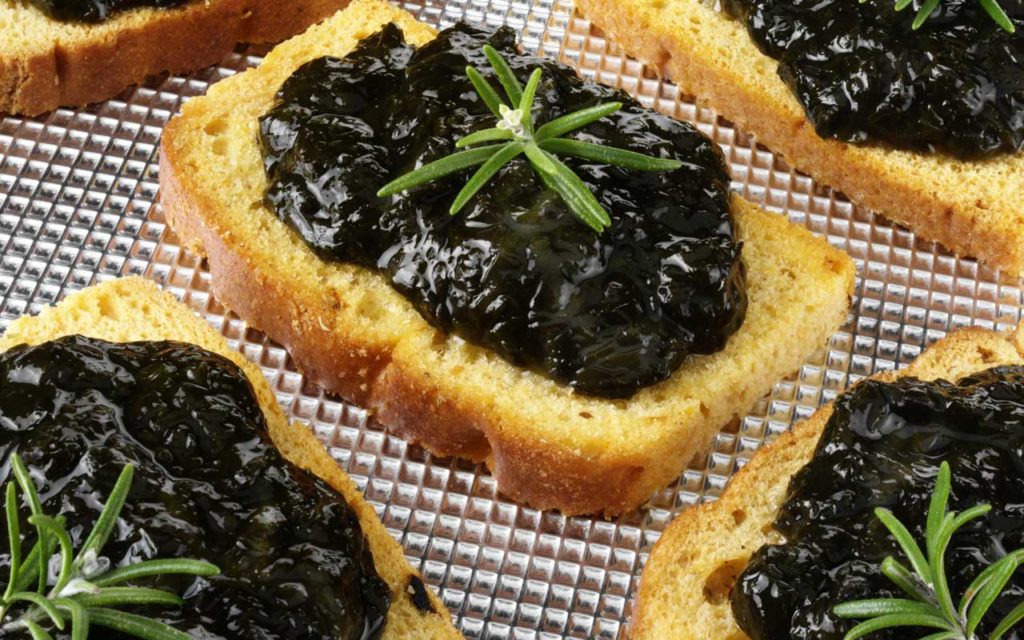
Welsh Cheese
If you’re a fan of strong-flavored cheese, then you’re going to love shopping for cheese in Wales. Avoid the supermarkets, and instead, head out to a local farmer’s market.
Caerphilly, a castle-centric town just outside of the capital city Cardiff, is probably the most famous place in Wales and the UK for cheese. Caerphilly cheddar is used in recipes across the UK. However, Caerphilly cheeses are just scratching the surface.
Caws (cheese in Welsh) Cenarth, Caws Teifi, and Pant Mawr, are just a few of the cheeses to sample. Look for farms and markets in Snowdonia, Abergavenny, Hafod, and Caerphilly.
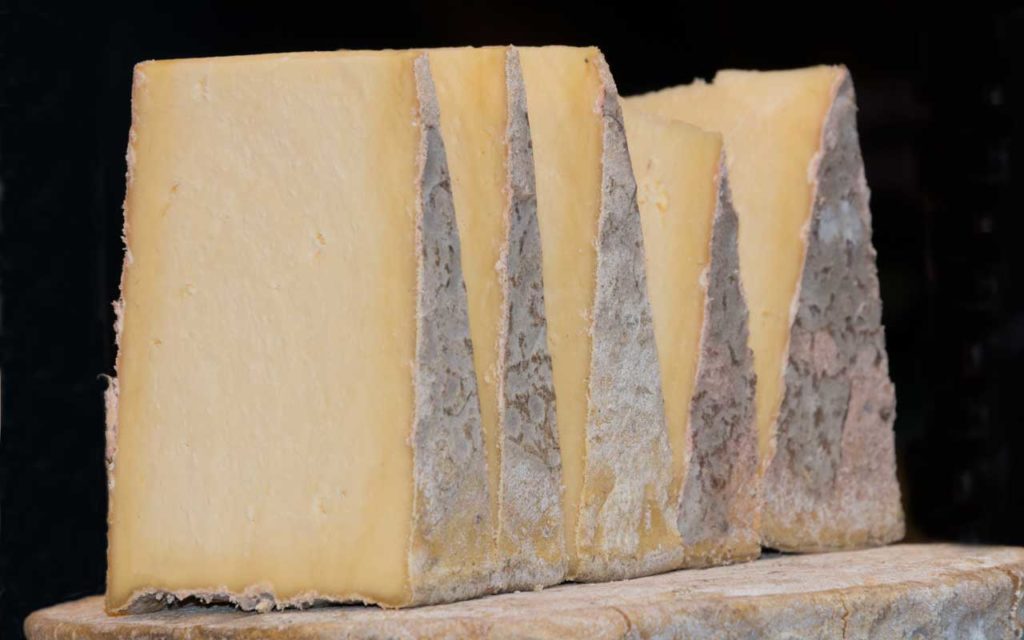
Leek Soup
The legend goes that Saint David told his Welsh soldiers, before an ancient battle with the Saxons, to wear leeks on their helmets, in order to identify each another amid the fighting. This lead to the leek becoming a national emblem of Wales, and you’ve probably already noticed how often it appears in the country’s dishes.
Hence, it’s inevitable the national emblem would have its very own dish. Different from the common leek and potato soup, leek soup is heavier with the leeks, and lighter with the potatoes.
Be sure to add vegetable stock, cream, and garlic, and serve it piping hot with a couple of slices of thick, soft granary bread. It’s the perfect remedy for a cold, winter’s evening.
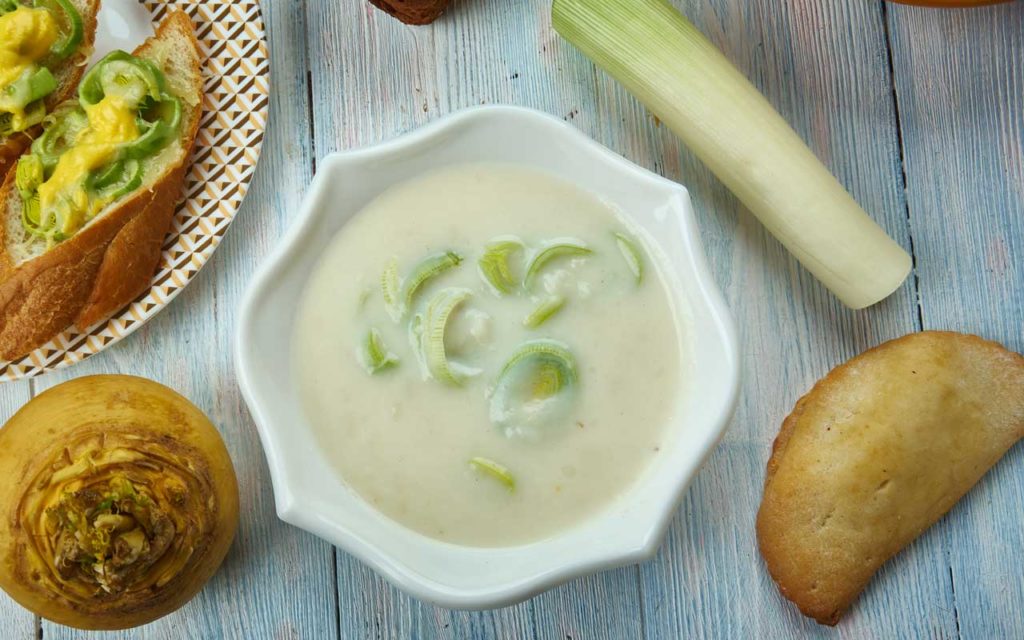
Welsh Stew (Tatws Pum Munud)
Tatws Pum Munud, which literally translates to ‘five-minute potatoes,’ has its roots deep in Welsh heritage.
What makes this stew so fascinating and unique is the way you cook it. Traditionally, the stew is made from smoked bacon, potatoes, stock, and then several choices of typically Welsh root vegetables, such as carrots, onions, and peas. But while the ingredients, albeit hearty and flavorful, are nothing new, the methodology of cooking it is.
All the ingredients are cut into thin slices so that they can lie flat in the pan. Rather than being cooked in a pot or deep saucepan, Tatws Pum Munud is cooked in a large, flatter pan, as you would, say, paella.
After seasoning generously, you may want to consider adding in some minced beef to the mix. Once your stew is bubbling away and ready to eat, serve it while it’s hot with thick-cut bread and a splash of Worcestershire sauce.
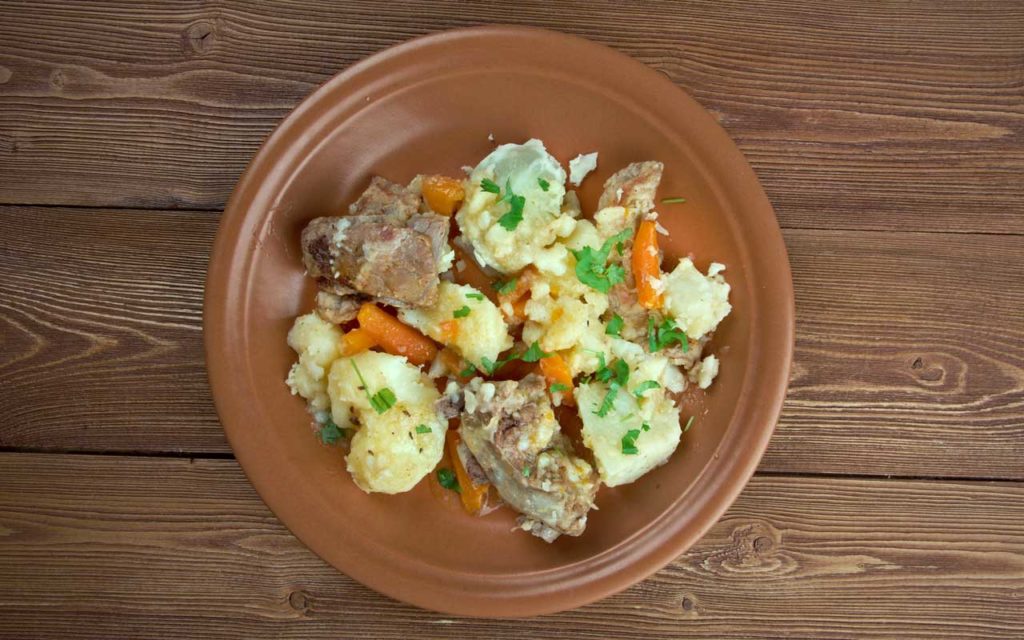
Welsh Oven Potatoes (Tatws Popty)
A simple recipe that was particularly popular throughout Wales during wartime Britain. Tatws Popty translates to ‘oven potatoes,’ and it’s true comfort food for those winter months.
Pembrokeshire potatoes are renowned for their taste throughout Wales. You can get them at most supermarkets or at farmer’s markets. Line a large casserole dish with olive oil or butter, and peel your potatoes. The key to great Tatws Popty is the texture, so cut your potatoes into large chunks.
You can roast your potatoes with a range of different vegetables. However, if you want to keep it traditional, go for leeks, onions, parsnips, and swede. As with your potatoes, make sure you cut them into chunks.
Bake your dish of potatoes and vegetables until the potatoes are crispy and golden brown in color. Season them generously, and enjoy a wholesome taste of the Welsh countryside.
Faggots and Peas
A staple of cafes across Wales. Faggots are meatballs made from various meats and off-cuts. Common meats include many cuts of pork, in addition to heart, liver, and bacon. In Wales, you can commonly find recipes with lamb and liver.
Where the higher classes saw these meats as undesirable, their cheap price meant a surge in popularity among the working class throughout the 1800s. Naturally, cooks experimented, and the faggot recipe as we know it spread throughout the country.
Faggots today are commonly served with fresh garden peas and potatoes in a variety of forms, from mashed to thick-cut chips.
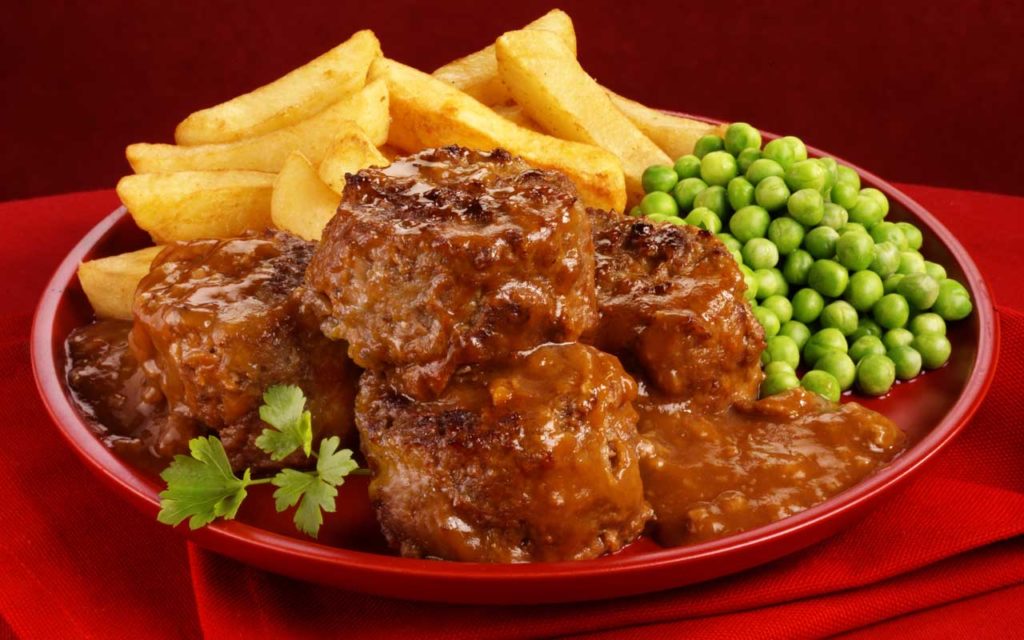
Lamb or Beef Stew (Scouse)
Very similar to an Irish stew, its origins can be followed back to the city and port of Liverpool, just north of the North Wales border. The influence of both Irish and Welsh migrants had a profound influence on this delicious Liverpudlian recipe that is still popular on dining tables today.
Similar to Welsh cawl, scouse consists of root vegetables, such as carrots, turnips, and potatoes. Along with a juicy lamb fillet, variations of the stew have evolved over the decades.
Pickled cabbage or beetroot are popular additions. Many chefs also like to add ale to the stew.
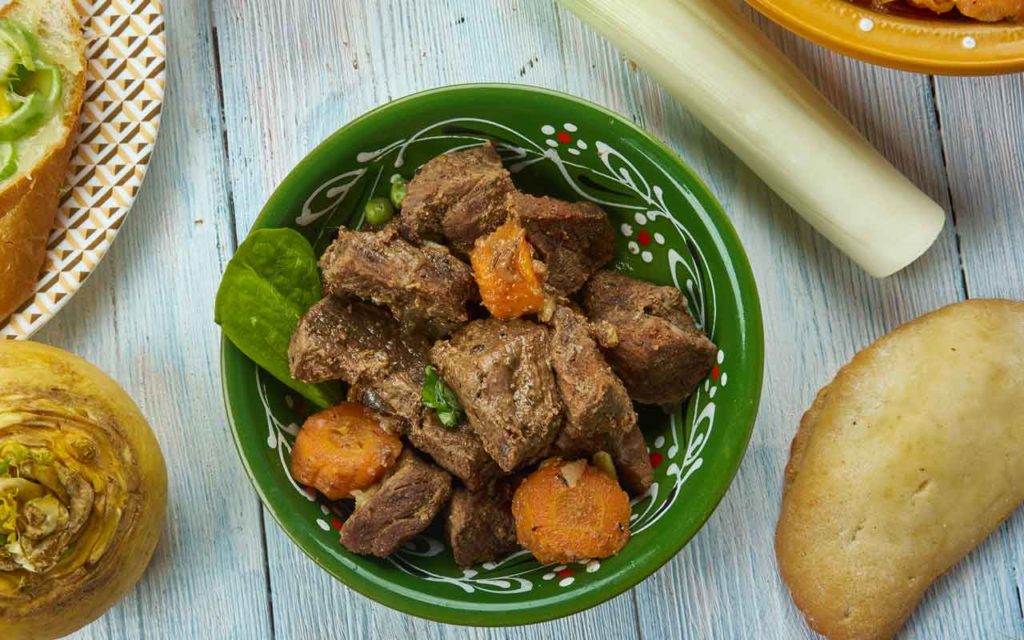
Teisennau Tatws (Potato Cakes)
Simple to make and delicious as an accompaniment, potato cakes in Wales can be enjoyed as both a sweet or savory snack. Combine flour, baking powder, salt, and sugar, with mashed potato, and add in melted butter and milk to form your dough.
Once kneaded to a few millimeters of thickness, cut out your potato cakes and fry on high heat. To make them sweet, serve with butter or jam.

Welsh Pancakes (Crempog)
Who doesn’t love a good pancake? While the traditional French and British crepes are thinner and larger, crempogs are thicker and smaller. In the UK, pancakes are commonly whipped up in pans across the country on Shrove Tuesday. But with crempogs being so delicious, there’s no reason you can’t make this a weekend tradition!
Crempogs are traditionally made from milk, butter, self-raising flour, and eggs, with a sprinkle of salt for good measure. Over the years, chefs have adapted the recipe to include oats, sultanas, and buttermilk. Whatever you choose, their texture and flavor will always leave you craving another one. Serve with butter, jam, or honey.
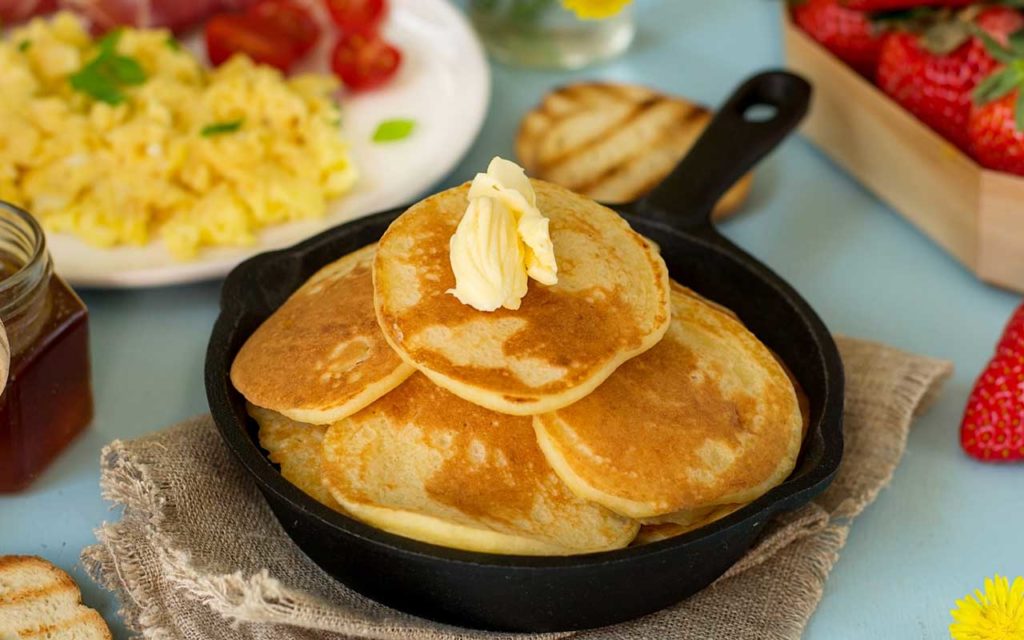
Welsh Chocolate
Wales is home to an array of talented chocolate makers. As always, weekend farmer’s markets are the place to go to try and buy delicious local foods.
However, if you’re keen to visit a chocolate maker on-site, The Little Welsh Chocolate Company, Wickedly Welsh Chocolate Company, and Cwtsh Welsh Chocolate, all are worth a visit.
Welsh Beer
While the craft beer movement has accelerated since the early 00s in the UK, the origin of beer in Wales goes back centuries.
Brains beer is the brand that has become synonymous with Welsh heritage. Dockworkers and miners would flock to the public houses after a long day’s shift and guzzle down pints of Brains ale, before doing it all again the following day. In most pubs, Brains was the only beer on tap.
You can see the iconic Brains Brewery from Cardiff Central train station, and you won’t fail to find it in any of the pubs around the city.
Nowadays, Cardiff’s metropolitan and diverse nightlife can open your mind and palette to a range of flavours. In particular, look out for the Tiny Rebel Brewing Co, and Glamorgan Brewing Co, for some delicious ales and beers from the heart of Wales.
Welsh Whisky
Geographically being so close to Scotland, you’d think the Welsh would leave whiskey distilling to their world-famous Celtic cousins in the north.
But believe it or not, whiskey has been distilled in the land of the dragon since the Middle Ages. Through the centuries, production began to slow, and by the time the 19th century arrived, there was practically no whiskey distilled within the borders.
That all changed, however, in the 1990s. The practice was revived by a number of home distillers, and when the potential became clear, the Welsh Whiskey Company, sold in 1900 and liquidated in 1910 because of rising debts, established a brand new home and distillery in Penderyn, which opened in 2000.
Penderyn whiskey is sold all over the world, and with Dà Mhile distillery joining the whiskey effort in 2016, Welsh whiskey is slowly, but surely, putting itself on the map.
And that, my dear friends, is a wrap. Welsh foods are some of the heartiest and comforting that will ever grace your taste buds. Molded by history, with their unique stories through the ages, the best Welsh foods are also some of the most fascinating you’ll ever learn about.
Whatever your taste, sweet or savoury, meat or vegetarian, there’s something for everyone in Welsh cuisine. Welsh people are defined by their small communities, and cooking is very much a part of that.
When you visit, give as many of these Welsh foods as you can a try. They’ll have you ‘oooing’ and ‘ahhhing’, and always leave you as stuffed as an egg, yet still wanting more!
You Might Also Like to Read
- British Foods You Need to Try
- Top Things to do in Cardiff
- Top Things to do in Bristol
- Top Things to do in London
Save and Pin for Later
Loved some of these Welsh foods? Save this article to one of your Pinterest boards. When you do visit Wales, you’ll have this list of delicious local foods good to go!






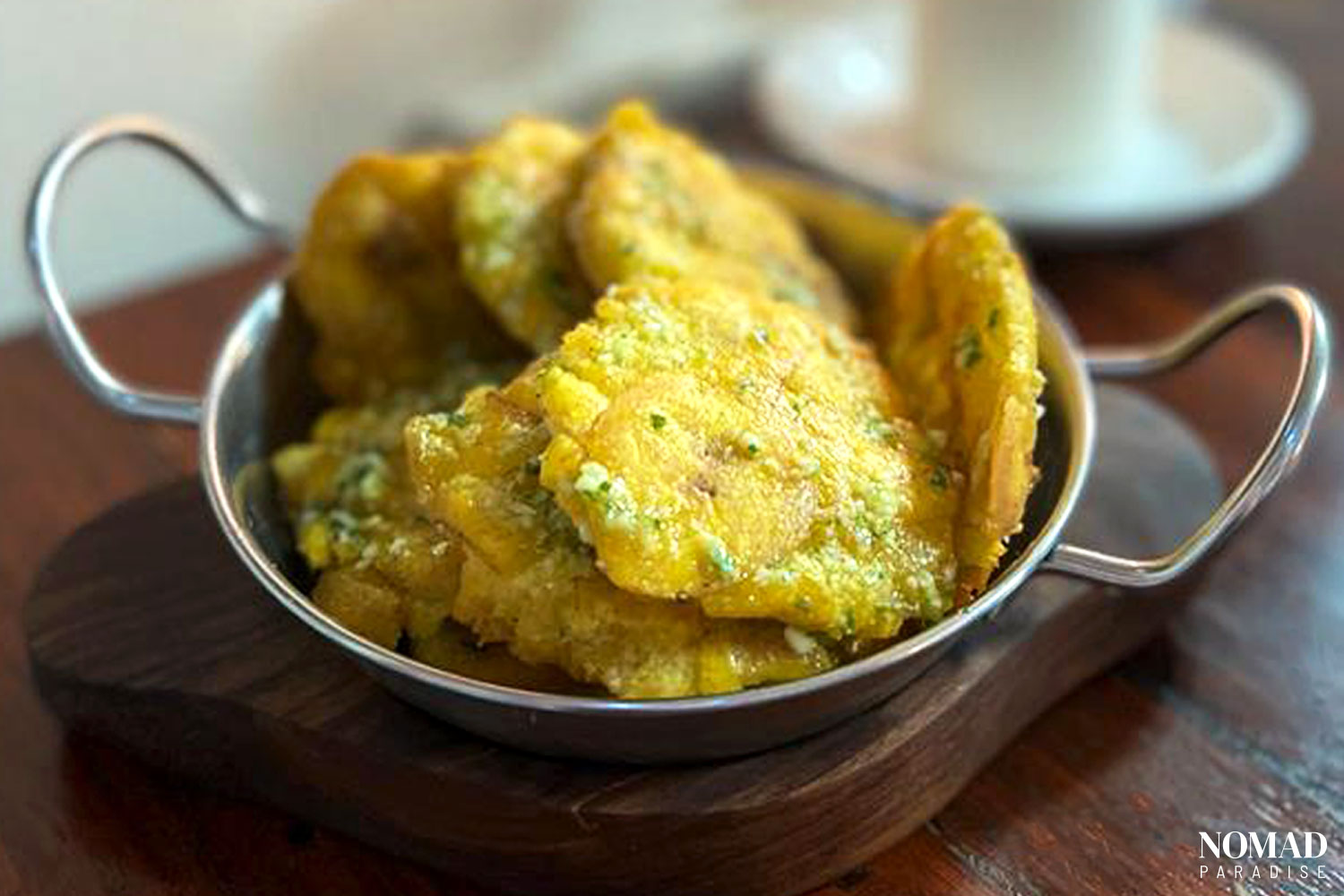
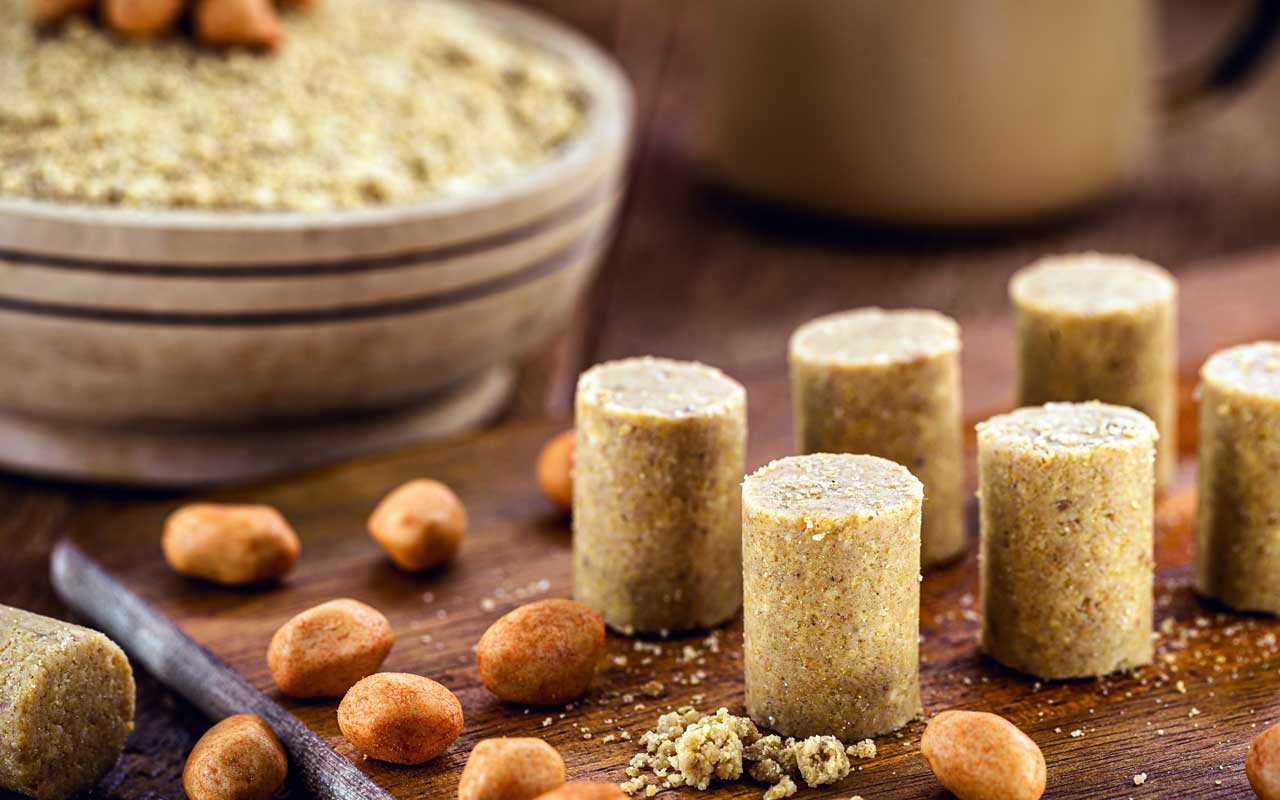

Loved this welsh food information👏Thank you
@Cornelia, 😍
I love this Food ❤️